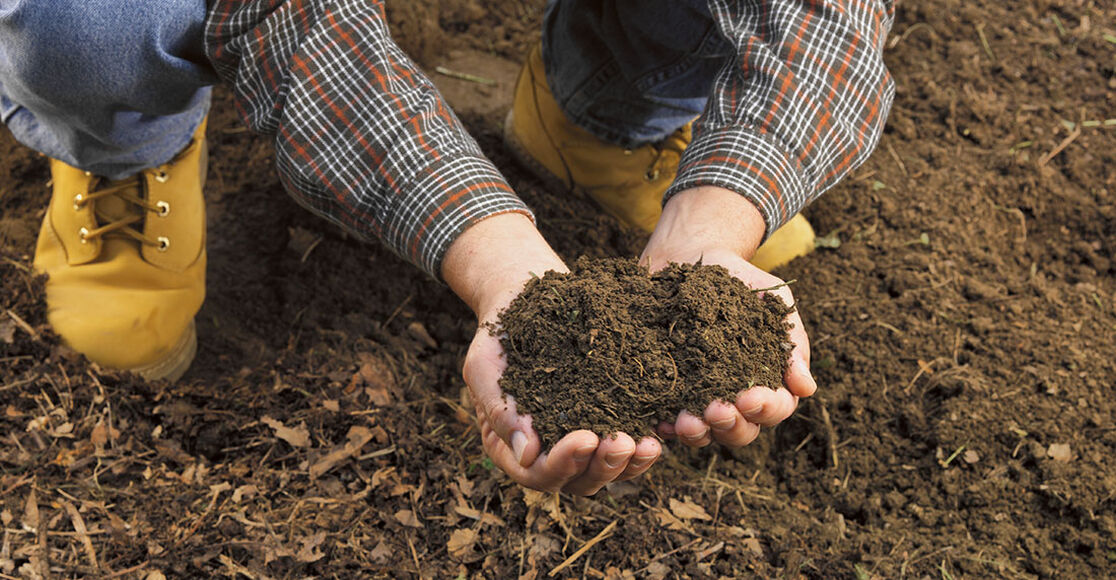Soil fertility is the foundation for healthy grass. If your lawn is already established, improving soil quality is more challenging than if you are growing a new lawn. To boost the health and appearance of an existing lawn, follow these tips on how to improve soil quality.
Instructions
Dethatching
The first step to increasing soil fertility is to remove excess thatch, a layer of organic debris that can build up on top of the soil Thatch is considered excessive when it's more than half an inch thick. The layer can block air, water and sunlight from the grass and inhibit its growth. It also can make your lawn more susceptible to disease and insect infestation. You can use a dethatching rake or a power dethatcher to get rid of the debris.
To help prevent thatch from accumulating in the future, use a mulching lawn mower to trim your grass to the appropriate height. Long grass is one of the main causes of thatch. Keeping your mower blades sharp will further protect your lawn against pests and disease.
Aeration
The next step to improving soil quality is core aeration, which involves removing plugs of soil from your lawn. You should aerate your lawn every one to three years to reduce soil compaction, which makes it difficult for air, water and nutrients to reach grass roots. Aerating also promotes deeper root growth, which makes your lawn thicker and less vulnerable to drought.
Early fall is an ideal time to aerate your lawn because the grass is still growing and the soil tends to be moist, making the plugs easier to remove. To aerate your lawn, you can put an aerator attachment on your Troy-Bilt garden tiller. Before you begin, you should mark off any sprinkler heads, invisible pet fencing, and shallow pipes and electrical lines in your yard.
Soil Fertilization
A fertilization technique called top-dressing can increase your soil fertility without damaging your grass. Early autumn is the best time to top-dress your lawn because it will allow your grass to grow before winter hits.
To determine what kind of top-dressing will maximize your soil fertility, you'll need to test your soil. One of the easiest ways to do this is to perform a "squeeze test."
- Take a handful of soil from your lawn.
- To get an accurate reading of your soil's texture and composition, the sample should be moist but not wet.
- If the soil retains its shape and crumbles when you poke it, it is loamy. Loamy soil, which is a balanced combination of clay, silt and sand, provides the best environment for lawn growth. If it retains its shape but does not crumble when you poke it, it is clay soil. If it crumbles when you open your hand, it is sandy soil.
Once you've tested your soil, make top-dressing using a mixture of the following ingredients: sharp sand (not beach sand), loam or topsoil, and peat or compost. The kind of soil you have will determine what proportion of ingredients will provide optimum soil fertilization. For loamy soil, use an equal amount of each ingredient. For clay soil, use little or no loam or topsoil. For sandy soil, use little or no sand. Make each top-dressing to spread a half-inch layer over your entire lawn.
Sift your mixture and make sure it is dry and free of large clumps. Use a shovel to spread it over your lawn, filling aeration holes and covering thin or bare spots. Rake the top-dressing into your lawn until you can see your grass through it. To get the most out of your soil fertilization treatment, water your lawn thoroughly after top-dressing it.
